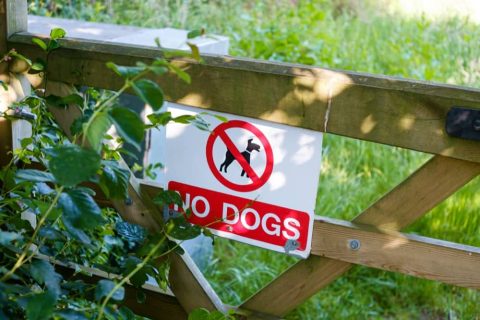Does your dog have a strange red bump near their eyelid? You might be dealing with a stye—a small but painful issue that could become a bigger problem if not treated promptly. While some styes clear up with minimal care, others require veterinary attention to prevent lasting eye damage. Let’s break down everything you need to know about dog styes: what they are, how they form, and what you can do to help your furry friend recover quickly and safely.
Contents
What Is a Stye?
A stye in dogs is a swollen, red, often painful lump that appears on the upper or lower eyelid. It’s much like a pimple and results when bacteria clog the hair follicles around the eyelid. As the infection grows, pus forms inside the bump, making it tender to the touch. If untreated, a stye can lead to deeper infections, potentially damaging the cornea and affecting your dog’s vision.
The bacteria responsible can also lead to more serious systemic infections, especially if your dog has a weakened immune system. That’s why it’s essential to monitor any eye-related issues closely and act quickly if symptoms worsen.
Causes
Dog styes are typically caused by bacterial overgrowth, but a variety of triggers can contribute to their development:
- Allergic reactions
- Viral or bacterial infections
- Eye injuries or scratches
- Ocular ulcers or conjunctivitis
- Autoimmune conditions
- Constant eye rubbing or pawing
- Environmental irritants like dust or smoke
Dogs with chronic health issues or compromised immune systems may be more susceptible. Some pups also confuse styes with cherry eye, which involves the prolapse of the third eyelid and requires a different treatment approach.
Signs to Watch For
Veterinarians refer to a stye as a “hordeolum.” If your dog exhibits any of the following symptoms, it’s a good idea to get their eye examined:
- Redness and swelling near the eyelid
- Small, pus-filled bump along the eyelid edge
- Excessive blinking or eye discharge
- Visible discomfort or avoidance of touch near the eye
If the area around your dog’s eye appears irritated or swollen, consult your vet as soon as possible to avoid complications.

Treatment Options
Antibiotics or Medication
For mild to moderate cases, your vet may recommend topical antibiotic ointments or medicated eye drops. In some instances, oral medications may be prescribed—especially if the infection is more severe or your dog is sensitive to eye treatments.
Anti-inflammatory drugs may also be used to relieve pain and swelling. In more serious cases, corticosteroids might be considered to reduce inflammation and speed healing.
Professional Removal
Most styes will shrink and disappear with proper care, but occasionally, they may need professional intervention. If the stye grows larger or obstructs your dog’s vision, a veterinarian may perform a minor surgical procedure to drain the pus.
This process is typically done under light sedation to keep your dog comfortable. After draining, the eye area is flushed with a sterile solution to minimize the risk of reinfection.
Can a Stye Be Prevented?
Absolutely. While some dogs are more prone to eye issues than others, you can take steps to reduce your dog’s chances of developing a stye:
- Wipe your dog’s face daily, especially around the eyes
- Trim long facial hair that might trap dirt or moisture
- Use a gentle eye rinse after outdoor play
- Avoid exposing your dog to dusty or windy environments
- Keep your home clean and free from allergens
For dogs prone to recurrent eye issues, protective eyewear can be useful during walks or outdoor adventures.
When to Treat It as an Emergency
Any eye issue in dogs should be taken seriously, but here are signs that indicate urgent veterinary care is needed:
- The stye rapidly increases in size
- Your dog is squinting, pawing at their eye, or showing signs of pain
- There’s discharge, bleeding, or a foul odor from the eye
- The stye returns shortly after disappearing
These symptoms could signal a deeper infection or a more serious underlying problem, so don’t wait to act.
Final Thoughts
A stye might seem minor at first glance, but it can cause significant discomfort and lead to complications if ignored. Keeping your dog’s face clean, watching for early signs, and responding quickly can make all the difference. When in doubt, reach out to your vet for guidance—it’s always better to be safe when it comes to your pup’s eyes.








